Search results for 'Mediums'
-
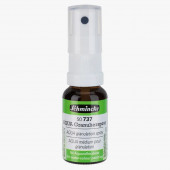
Schmincke Aqua Granulation Spray 15 ml
£8.20 -
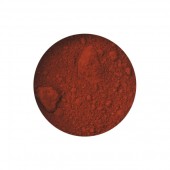
Translucent Orange Oxide Pigment
Starting at: £9.40
-
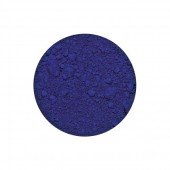
Oriental Blue Pigment
Starting at: £5.40
-
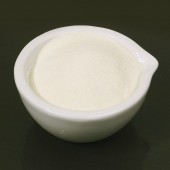
Casein Lactic
Starting at: £15.95
-
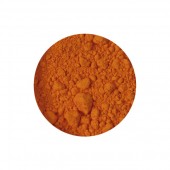
Cadmium Yellow Orange Pigment
Starting at: £4.50
-
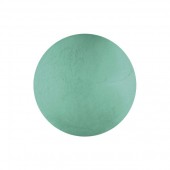
Synthetic Malachite Pigment
Starting at: £4.20
-
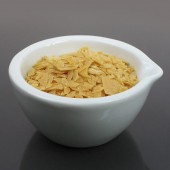
Carnauba Wax Yellow
Starting at: £6.50
-
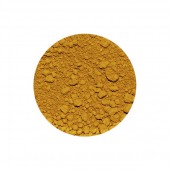
Golden Ochre Pigment
Starting at: £4.50
-
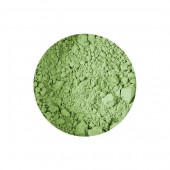
Terre Verte Pigment
Starting at: £4.00
-
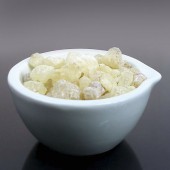
Gum Damar
Starting at: £10.00
-
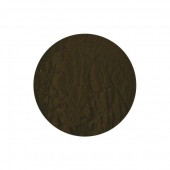
Van Dyke Brown Pigment
Starting at: £4.50
-
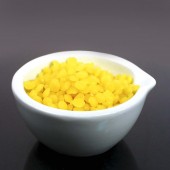
Natural Beeswax
Starting at: £11.20
-
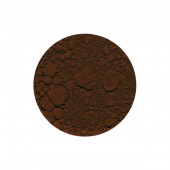
Mars Violet Pigment
Starting at: £4.50
-
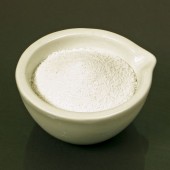
Marble Dust
Starting at: £4.70
-
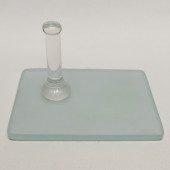
Cornelissen Mini Glass Muller and Slabs
Starting at: £24.00
-
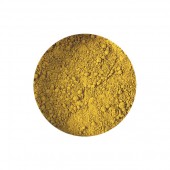
Raw Sienna Pigment
Starting at: £4.00
-
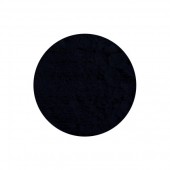
Vine Black Pigment
Starting at: £4.70
-
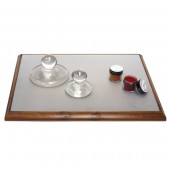
Mixing Slab
Starting at: £24.00
-
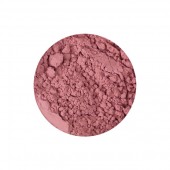
Potters Pink Pigment
Starting at: £22.00
-
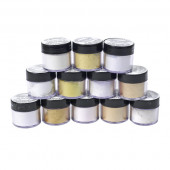
Pearl Lustre Pigments 1 kg
Starting at: £94.00
Call to Order
-
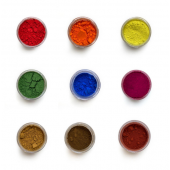
Small, 15ml Pigment sizes
Starting at: £4.00
-
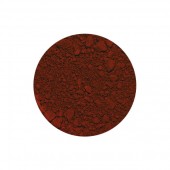
Translucent Red Oxide Pigment
Starting at: £9.80
-
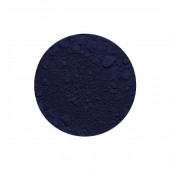
Phthalo Blue Pigment
Starting at: £8.00
-
![Roberson Glass muller, medium (7 cm) and small (5 cm) [without logo]](https://www.cornelissen.com/media/catalog/product/cache/1/small_image/170x/9df78eab33525d08d6e5fb8d27136e95/i/m/img-6584.jpg)
Roberson Glass Mullers
Starting at: £25.00
-
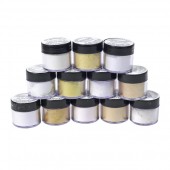
Pearl Lustre Pigments 7g
Starting at: £4.70
-
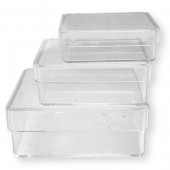
Transparent Containers
Starting at: £1.20
-
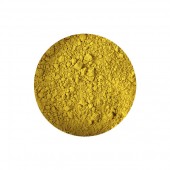
Yellow Ochre Pigment
Starting at: £4.00
-
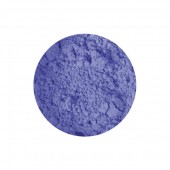
Cerulean Blue Pigment
Starting at: £14.50
-
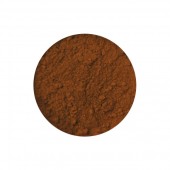
Translucent Yellow Oxide Pigment
Starting at: £7.00
-
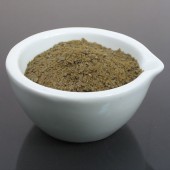
Carnauba Wax Grey
Starting at: £8.40




